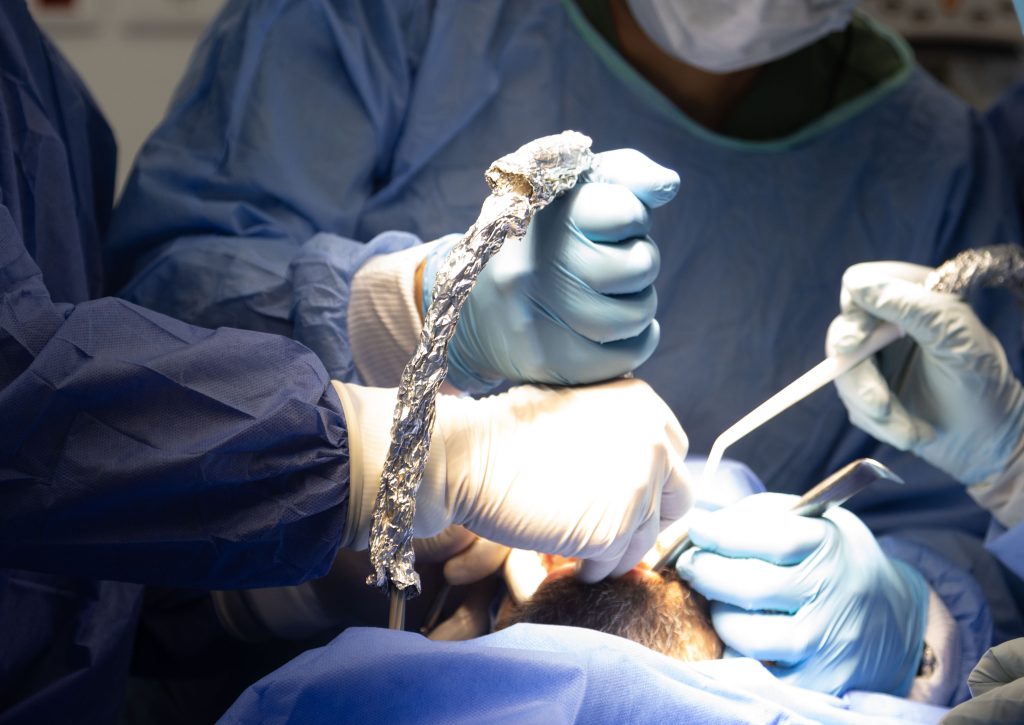Mastering Bone Grafting: RWC Academy: Relentless and Rigorous Learning
Specifically, RWC Academy is famous for its numerous and highly detailed bone grafting courses that are aimed at teaching the required amount of knowledge and skills to dental specialists for performing supposed operations. This is an important reason that these courses ensure that dentists are prepared to meet the issues many patients have with regrowth in the jawbone to support dental implants. Below is a layout of what participation involves in these specialized programs.
Jawbone Anatomy: Building a Solid Foundation
Knowledge of the morphology of the jawbone is the first step to successful bone grafting. In the bone grafting course, participants better understand where the alveolar bone and nerve as well as the vascular pathways are situated within the jaw. It will also enable dentists to locate and select the most appropriate grafting sites to avoid frustrations and instability in implanting the implants. Understanding landmark locations is crucial to successfully and safely navigating and Tooth and sinus cavities are notable examples that help to perform the surgery accurately.
Understanding Bone Grafting Materials: Making the Right Choice
This paper aims to present evidence for the bone grafting process, taking into consideration the role of choosing the material used for the procedure – the appropriate match for the patient. This course outlines various forms of grafts; autografts, allografts, xenografts, and synthetic substitutes. Autografts are best because they have 100% compatibility with the recipient, but require other areas to be taken from the patient’s body. Autografts generally come from the recipient’s body, while allografts come from donors; xenografts are derived from animal bones and are used for large reconstructive operations. Biocompatible ceramics along with other synthetic forming can be considered more as an option for a lot of those cases. During training, Dentists find out how viable or frail every material is so that they can consider a suitable material depending on the particular case that they are handling.
Mastering Surgical Techniques: Precision and Expertise
Of course, hands-on skills in innovative surgery procedures are core competencies of the bone grafting course. The participants can ”hands-on’’ several methods such as guided surgery, and microsurgical approaches on soft tissues. Minus the errors that can occur especially during graft placement, guided surgery particularly with the use of sophisticated navigation tools is then used. Techniques of microsurgery have facilitated this type of surgery because it reduces surgical invasions on the tissue hence enabling fast healing among the patients. Furthermore, it involves the management of the soft tissues tightly that tenderize the bone for integration to occur. These techniques altogether enable dentists to have predictable and quality outcomes for each treatment.
Patient Assessment: The Key to Success
Any specialist needs to evaluate a patient correctly for any operation to be successful. In the bone grafting course, the participants learn how to conduct various forms of assessments such as reviewing special histories; diagnostics tests such as X-rays; and bone density. Knowing things like medical conditions in the body, dental health, and bone density assists the dentist in pursuing possible difficulties. This step also includes the patient’s counseling on the operation, what to expect as well as pre – and post-operative directions. This means that patient input plays an important part in avoiding complications during the operation and promoting the healing process.
Practical Training: An Actual Experience in Performing Bone Grafting
An essential feature of the bone grafting course is that the key teaching mode is focused on practical sessions. The basic surgical operations that are associated with the achievement of dental professionals may include; preparing the area of surgery, installation of graft substances, and closing the wound perfectly. They are done in the presence of trainers, and the solutions to the exercises are checked to improve the chances of getting it right. Participants also get to know how to handle emergencies for cases where bone quality is poor or complications during surgery. A great influence of practical experience is given since it provides dentists with opportunities to develop their fine motor skills and use the acquired knowledge in their clinical practice.
Managing Complications: Proactive Problem-Solving
Of course, no surgery comes without risk, and controlling the complications important component of the training in the bone grafting course. The potential problems like graft rejection, infection, or harm to other tissues are realized by dentists in their practice. For example, the participants are trained on how they can avoid damaging nerves instead they should take time to show where they are to avoid them and on infection control measures such as sterilizing instruments, and patient care after operation among others. Thanks to such a proactive attitude, participants become ready to face difficulties and offer their patients safe and effective treatment.
Postoperative care is crucial to improving the outcome of interventions.
This is why the pivotal aspect of the bone grafting course is the management of the patient and the wound after the surgery, as this factor plays a significant role in the outcome. Dentists get to know when to assess recovery, how to address patients’ pain, and when and how to notice potential issues. It constitutes follow-ups of patient response, use of appropriate medication, and, offering precise after-treatment guidelines. Hence the role of healthcare workers in facilitating the communication and support systems leads to patients’ compliance with the various recommended care eradication of various complications and satisfaction.
Integrating Bone Grafting with Implant Residency Training
For dentists pursuing dental implant residency courses, mastering bone grafting is an indispensable skill. These courses combine bone grafting training with implant placement techniques, allowing participants to approach complex cases with confidence. Dentists learn how to evaluate the relationship between grafting and implant stability, ensuring that every step of the treatment plan is aligned with the patient’s needs. This integrated training equips professionals to deliver comprehensive care, from restoring jawbone structure to achieving successful implant outcomes.
Conclusion
In particular, the courses in bone grafting described by RWC Academy give dentists all the requisite knowledge of bone grafting and its importance in dental implantology. Biological, management, and technical training needs are met through these programs thus guaranteeing that participants are in a good position to offer quality health care services. RWC Academy is a training platform that enables dentists to apply theory in practice and achieve the desired outcome. You can check our LinkedIn and our article about dental implant live surgeries





